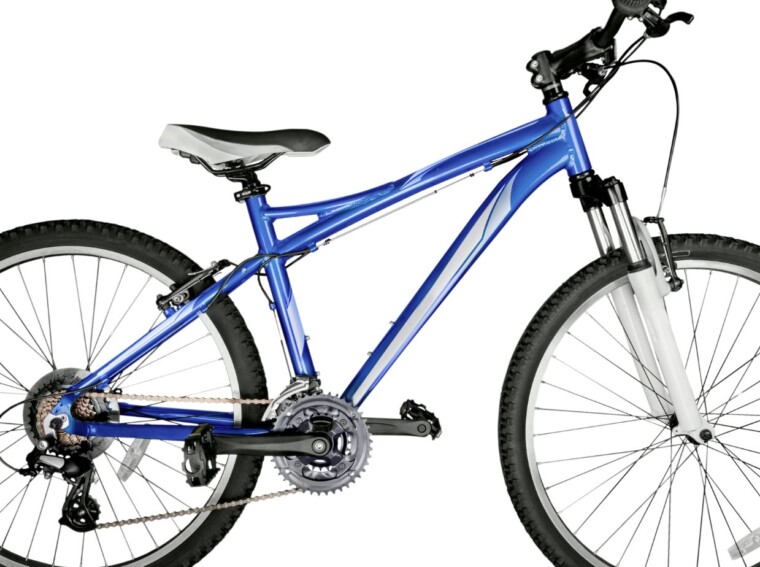Bicycle Kelly Blue Book
Looking to sell your bicycle and get the most money for it? Look no further than the Bicycle Kelly Blue Book. Just like the well-known automotive resource, the Bicycle Kelly Blue Book provides a reliable valuation guide specifically tailored for bicycles. By utilizing this valuable tool, you can ensure that you’re selling your bike at a fair price and maximizing your profit.
The Bicycle Kelly Blue Book takes into account various factors such as the make, model, year, condition, and market demand of your bicycle. It provides an estimated value range that reflects its current worth in today’s market. Armed with this information, you can confidently set a competitive asking price when listing your bike for sale.
To use the Bicycle Kelly Blue Book effectively, start by gathering all relevant details about your bicycle. Be sure to include any upgrades or modifications you’ve made to it. Then simply enter these details into the online tool or consult their printed guide to receive an estimated value range for your bike. Keep in mind that factors like local demand and seasonality may also affect the final selling price.
By leveraging the power of the Bicycle Kelly Blue Book, you can navigate the world of bicycle sales with confidence and ensure that you’re getting top dollar for your beloved two-wheeler. So why wait? Get started today and unlock its full potential to maximize your return on investment when selling your bicycle.
Determining the Value of Your Bicycle
When it comes to selling your bicycle, one of the first steps is determining its value. By understanding how much your bike is worth, you can ensure that you get the most money for it. The Kelly Blue Book is a fantastic resource to help you in this process.
Here are a few key factors to consider when determining the value of your bicycle:
- Bike Condition: The overall condition of your bicycle plays a significant role in determining its value. Assess any wear and tear, including scratches, dents, or rust. Also, consider if any parts need replacing or repairing.
- Brand and Model: The brand and model of your bike also have an impact on its value. Well-known brands with a reputation for quality tend to hold their value better than lesser-known ones. Additionally, rare or limited-edition models may fetch higher prices.
- Age and Mileage: Just like with cars, age and mileage matter when valuing bicycles too. Older bikes may have decreased value due to technological advancements in newer models. Additionally, high mileage may indicate more wear and tear on components.
- Market Demand: The demand for specific bike types can influence their value as well. For example, road bikes might be in high demand during the summer months while mountain bikes could command higher prices during peak outdoor adventure seasons.
- Extras and Accessories: Consider any extras or accessories that come with your bike such as additional gear (helmets, lights) or upgrades (suspension fork). These can add value to your bicycle listing.
To determine an accurate estimate of your bike’s worth using the Kelly Blue Book website, provide as much detailed information about your bicycle as possible—be ready to input details such as brand, model year, condition description—to obtain a fair market valuation.
Remember that these are just general guidelines; pricing can vary based on local market conditions and individual buyer preferences.
By understanding the factors that contribute to your bike’s value, you can confidently negotiate and get the most money for your bicycle when using the Kelly Blue Book as a reference.

Factors That Impact Bicycle Value
When it comes to getting the most money for your bicycle, understanding the factors that impact its value is crucial. Here are some key considerations to keep in mind:
- Brand and Model: The brand and model of your bicycle play a significant role in determining its worth. Well-known brands with a reputation for quality craftsmanship and performance tend to command higher prices in the market. Additionally, certain models may have specific features or innovations that increase their value.
- Condition: The condition of your bicycle is another critical factor affecting its value. A well-maintained bike with minimal wear and tear will generally fetch a higher price compared to one that shows signs of neglect or extensive damage. Ensure that you regularly service and clean your bike to keep it in top shape.
- Age: While age alone doesn’t determine a bicycle’s value, it does influence buyer preferences and market demand. Vintage bikes or limited edition releases from specific years might be highly sought after by collectors, potentially driving up their price. On the other hand, newer models with modern technology may also hold appeal for buyers.
- Upgrades and Accessories: Any upgrades or aftermarket accessories you’ve added to your bicycle can enhance its value. Components such as high-end wheels, carbon fiber frames, or premium drivetrain systems can attract potential buyers who are willing to pay more for these added features.
- Market Trends: Keeping an eye on current market trends is essential when trying to maximize the value of your bicycle. Factors like changes in popular cycling disciplines (such as road biking versus mountain biking), emerging technologies, or shifting consumer preferences can all influence how much buyers are willing to pay for different types of bicycles.

